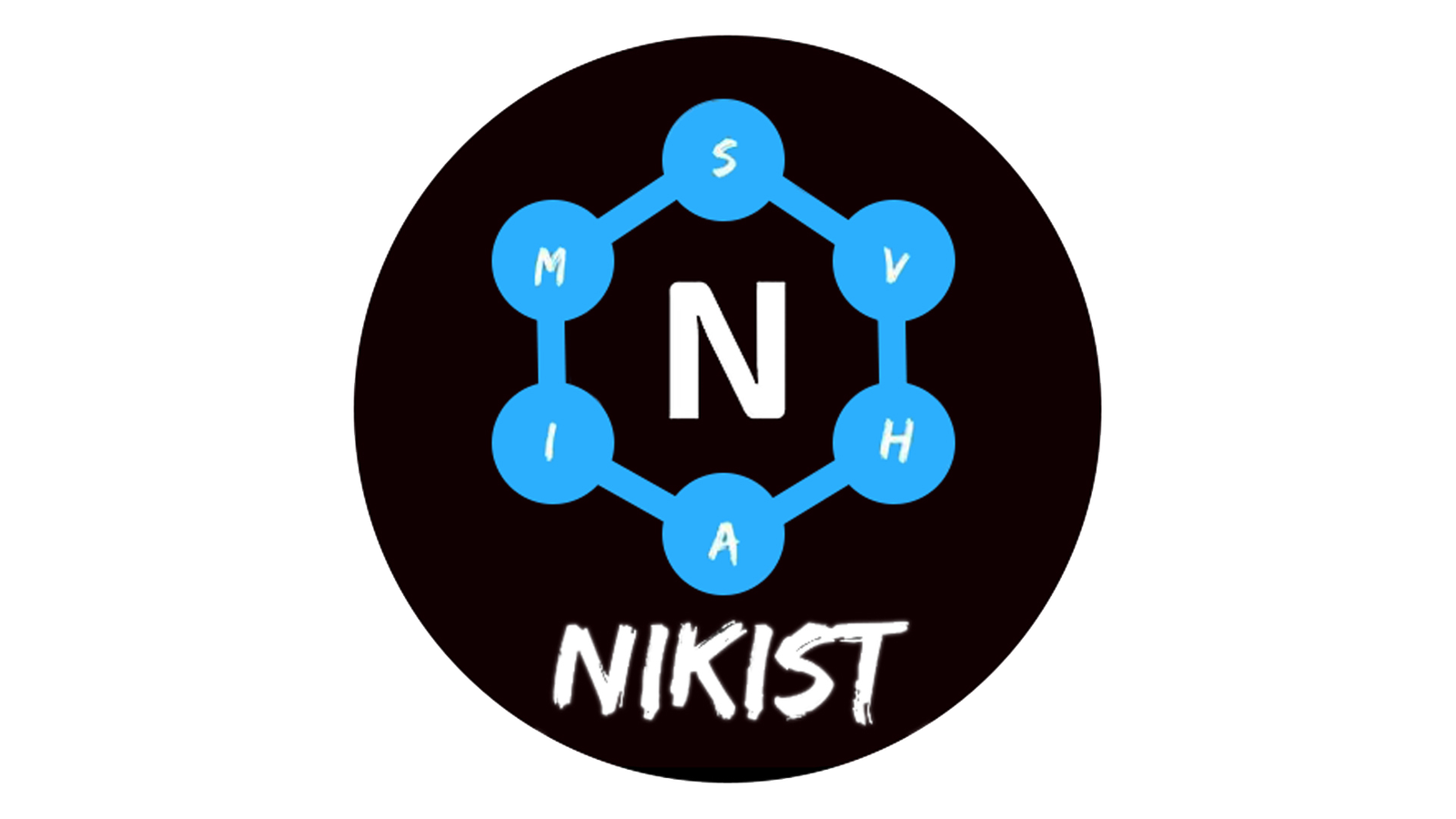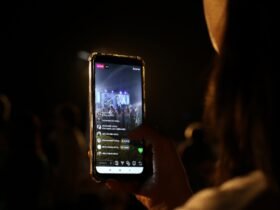We are technologically advanced. Now we all need Wi-Fi for everything, be it sending a single message or calling someone through a video calling app, Wi-Fi is required in every setting and for every need. But there comes a whopping bill along with high Wi-Fi usage and one Wi-Fi device can’t be used everywhere. Thus we end up connecting our device to the public network to save the bill and get a faster connection.
Who doesn’t love working at Starbucks with a cup of coffee and free Wi-Fi? Everyone does, right? But as much as we love getting free Wi-Fi and not paying extra for it, the hackers love free Wi-Fi for extracting the data and passwords of people connected to it.
But how do they do it? Well, there are multiple methods for checking social media passwords when someone connects their device to free wi-fi.
Man-In-The-Middle Attack
A Man-in-the-Middle (MITM) cyber attack occurs when a new entity hijacks interactions between two parties. Rather than data being transferred directly across server and client, another entity disrupts that communication.
The unwanted hijacker might then provide you with its version of a site, complete with its own messaging.
Anyone who uses public Wi-Fi is particularly exposed to MITM attacks. Because the information transferred is often unencrypted, not only is the hotspot public but so is your data.
A hijacked router may easily collect a large amount of personal information: hackers gaining access to your emails, for example, gain entry to your passwords, usernames, private messages, and much more!
Fake Wi-Fi Connection
Also referred to as the “Evil Twin.” The method intercepts your data in transit while avoiding any security features that a public Wi-Fi hotspot may have.
Victims may be giving over all of their personal information just because they were duped into joining the incorrect network.
A phony Access Point (AP) is quite simple to put up and is well worth the effort for hackers.
They may use any internet-capable device, including a smartphone, to create an AP with the same name as a genuine hotspot. Any data transferred after joining a bogus network is routed through a hacker.
Packet Sniffing
Packet Sniffing allows a hacker to collect aerial data and then examine it at their own pace.
A device sends a data packet across an unencrypted network, which cannot be observed and can easily create issues on the user’s network when downloaded.
Packet sniffing is a simple process that is not even unlawful in some instances. IT departments undertake this regularly to ensure that safety procedures are followed, flaws are identified, and corporate standards are followed. However, hackers might benefit from it as well.
Hackers can collect a large amount of data and then scan it at their leisure for vital information such as passwords.
Sidejacking
Sidejacking is based on gathering information through packet sniffing. A hacker, on the other hand, uses such data in real-time rather than retroactively. Worse, it circumvents some levels of encryption!
Login information is normally delivered over an encrypted network and confirmed using the website’s account information. This then reacts by sending cookies to your device. However, the latter isn’t always encrypted, which allows a hacker to hijack your session and acquire access to any private accounts you’re signed into.
While fraudsters cannot read your password using sidejacking, they may download software to gather such information.
Furthermore, they can get a wealth of information to steal your identity. Your social media presence alone may provide a plethora of information.
Because there is usually a significant number of visitors with open sessions, open hotspots are especially tempting for this hack.
Shoulder Surfing
This may sound apparent, yet we frequently overlook such basic security precautions.
When using an ATM, examine those surrounding you to ensure no one is peering as your enter your PIN.
It’s also a risk while using public Wi-Fi. Be wary if someone follows you around while you access private sites. Submit nothing personal, such as a password. It’s simple fraud, but it’s nonetheless effective for hustlers and hackers.
A “shoulder surfer” may not even need to be behind you: simply monitoring what you write can provide thieves with information.
These were just some methods through which your password can be hacked by hackers. To prevent this, avoid using public wifi, use VPN, and don’t enter your passwords publicly.























Leave a Reply